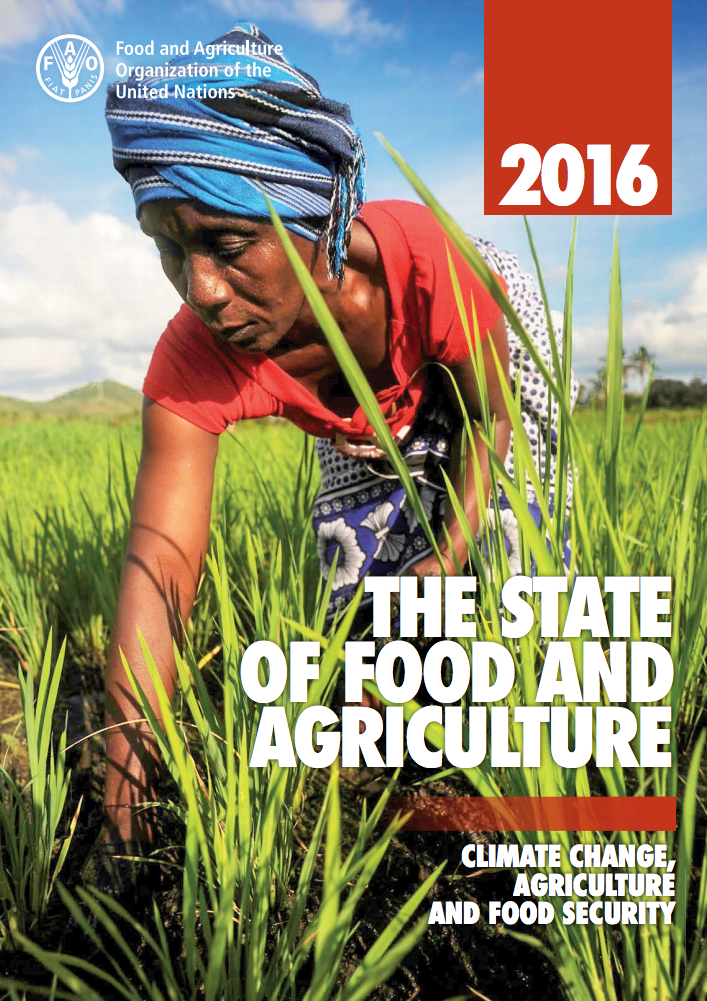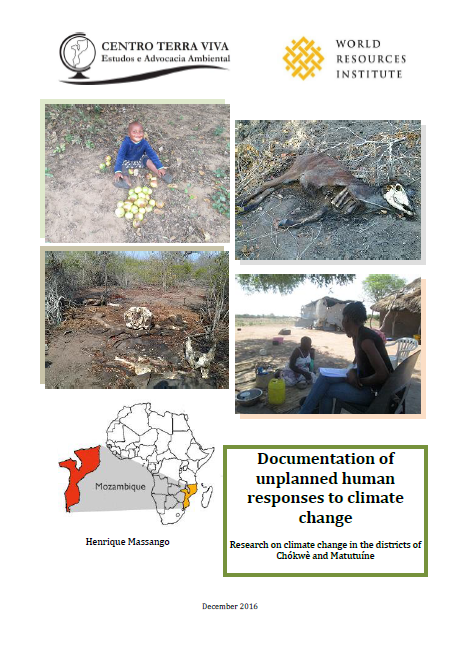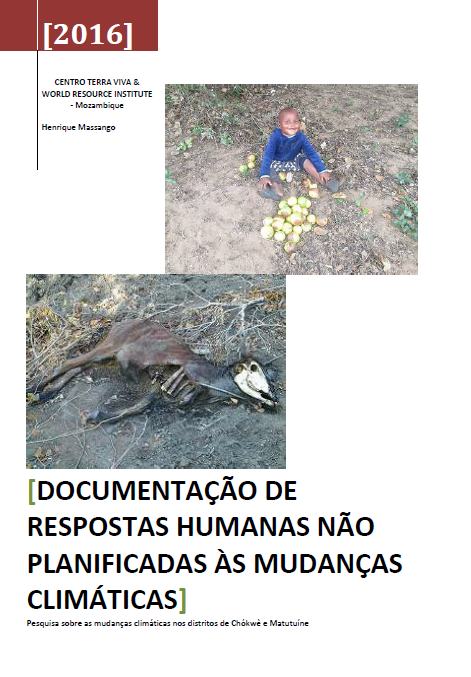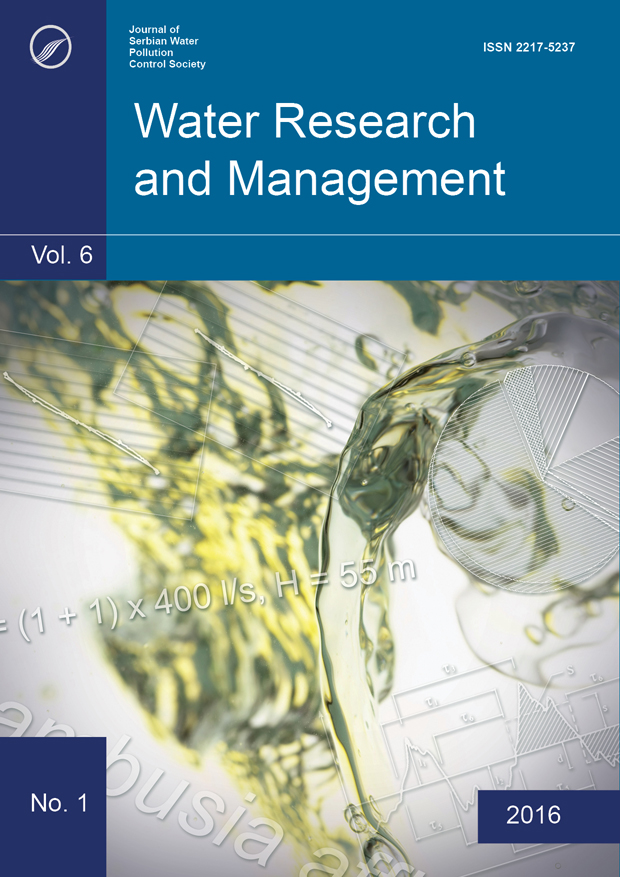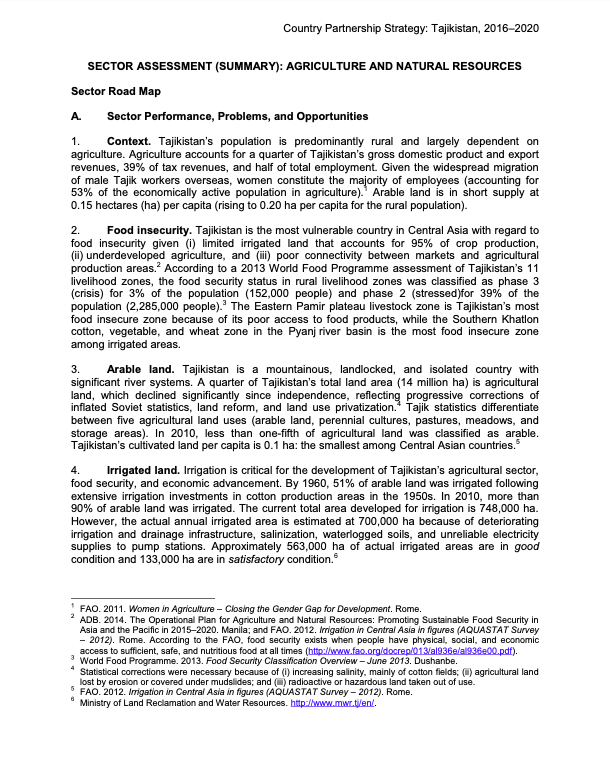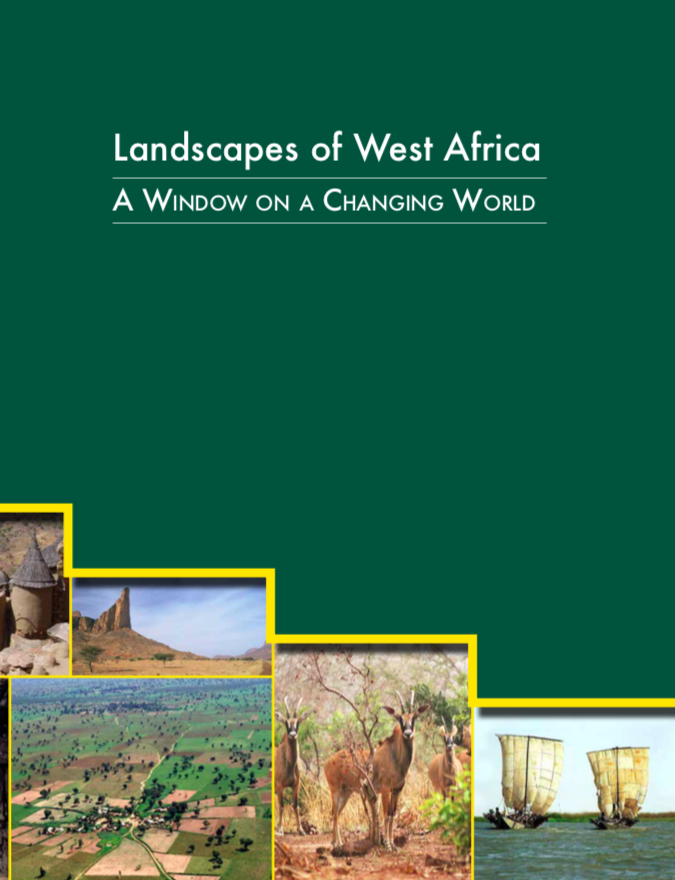Consideraciones técnicas para la elaboración de Niveles de referencia de emisiones forestales/Niveles de referencia forestales en el marco de la CMNUCC
El objetivo de este documento es ayudar a los países que tratan de desarrollar un nivel de referencia de emisiones forestales y/o un sistema de referencia forestal (NREF/NRF) de REDD+ en el marco de la CMNUCC. El documento facilita un repaso estructural de los requisitos de la CMNUCC para la elaboración de NREF/NRF, resumiendo las orientaciones de la CMNUCC y extrapolando los elementos necesarios para la elaboración de un NREF/NRF.

